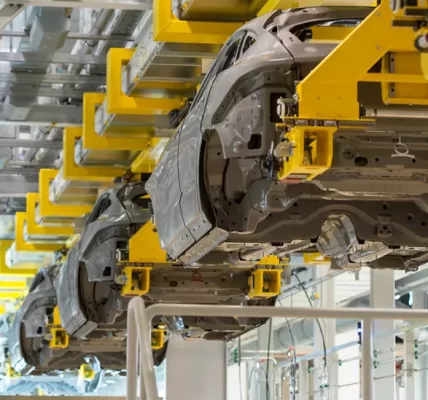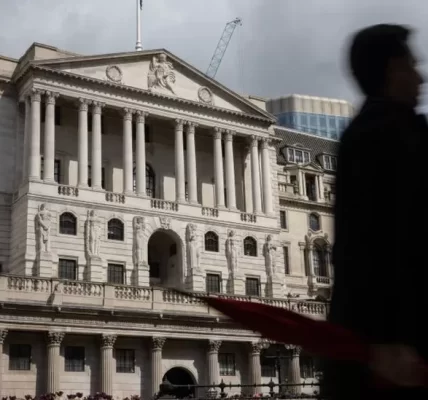In the United States, prices for eggs, gasoline, and furniture fell last month, helping to reduce inflation to less than half of its peak a year earlier.
According to the Labor Department, inflation, or the rate at which prices rise, was 4% in the year to the end of May.
This was a decrease from 4.9% in April, and it was the 11th month in a row that price rises had slowed.
The update comes as the US Federal Reserve meets to discuss whether greater action is needed to combat inflation.
To try to keep prices in check, officials in the world’s largest economy have hiked borrowing costs considerably since last year, raising the Federal Reserve’s main interest rate to more than 5% from near zero in March 2022.
Analysts predict that the Fed will hold interest rates steady this month, reflecting the progress made in easing price pressures as higher borrowing costs weigh on borrowing and spending.
Egg prices have decreased 13.8% since previous year, the largest drop since 1951. Gasoline prices have dropped by roughly 20%.
According to the Labor Department, overall inflation is at its lowest level since March 2021, at 4%.
However, the update revealed that prices in many sections of the economy are still rising significantly – and far higher than the 2% rate considered healthy by the Fed.
Housing costs, including rents, in particular, continue to rise dramatically.
Beer, women’s clothes, and services ranging from auto maintenance to school fees have all seen significant price increases.
“Don’t be fooled by the sharp drop in headline inflation, which is almost entirely explained by lower gasoline prices.” “These figures show that underlying inflationary pressures remain stubbornly high,” said Brian Coulton, Fitch’s chief economist.
In the United States, inflation reached a high of 9.1% in June 2022, as a result of the conflict in Ukraine, which caused price increases in petroleum and food. This was the fastest growth rate since November 1981.
Though the situation has now lessened, some analysts believe the Fed will need to do more to control inflation.
Core inflation, which excludes volatile food and energy products and is considered a stronger indicator of underlying pressures, increased 0.4% from April to May.
According to the Labor Department, this rate has remained stable for three months in a row.
Goldman Sachs Asset Management’s Alexandra Wilson-Elizondo predicted that the Fed would not hike rates this week, but that the issue will be revisited when the bank met in July.
“Today’s… number was a relief for the market, as the data met expectations, confirmed the dis-inflationary trend, and re-affirmed current market pricing of a Fed pause tomorrow,” she explained. “However, the rate of dis-inflation remains incompatible with the Fed’s 2% target.”
She added that authorities in Australia and Canada recently increased rates after a brief pause, citing persistent inflationary pressures.
The European Central Bank is widely expected to boost interest rates this week at its meeting.




